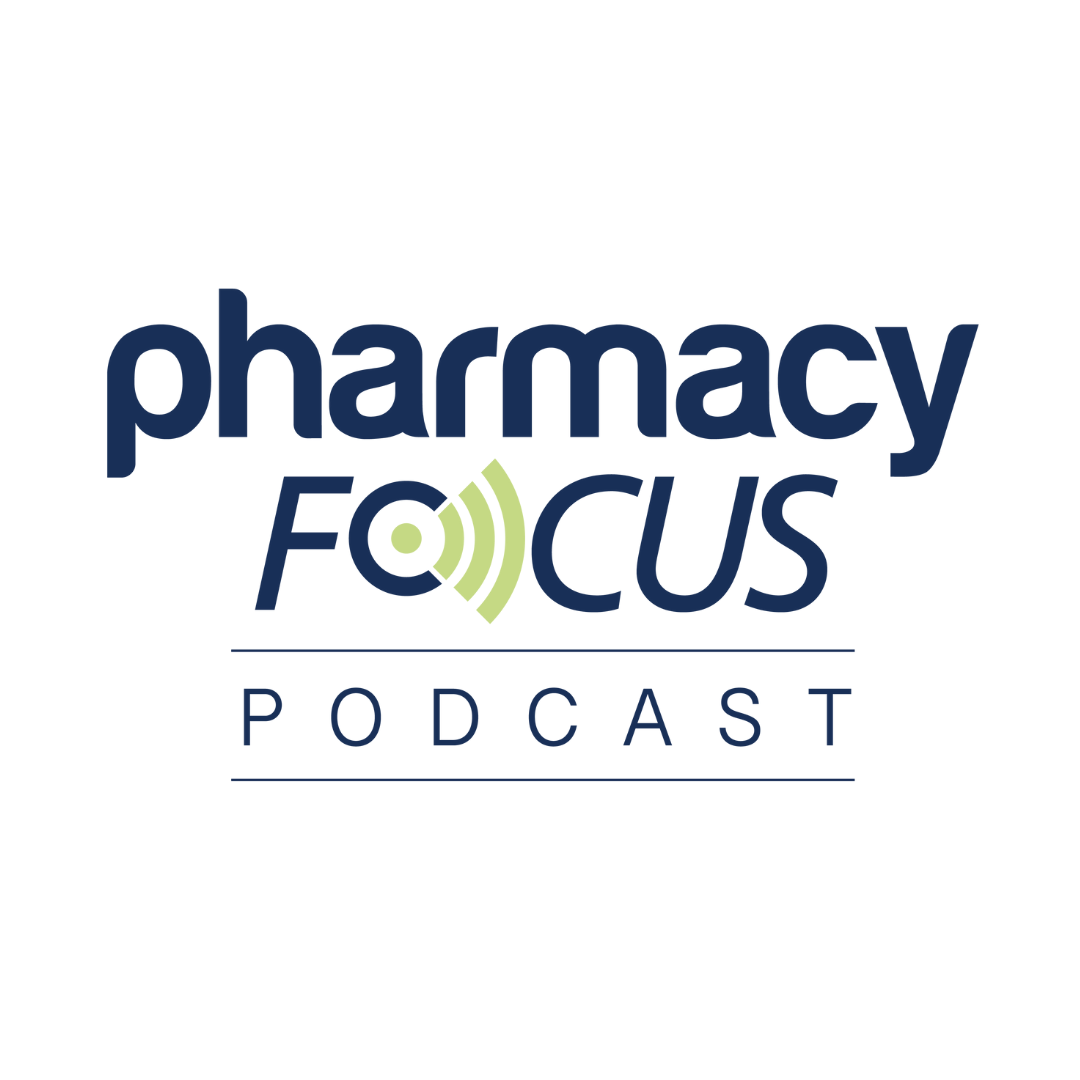News
Article
JAK1 Inhibitor NS-229 Granted FDA Orphan Drug Designation to Treat Allergic Autoimmune Condition
Author(s):
Key Takeaways
- NS-229, a JAK1 inhibitor, targets immune response regulation in EGPA, reducing inflammation and associated symptoms.
- EGPA, characterized by inflammation and organ damage, often presents with asthma and allergic rhinitis, complicating treatment.
NS-229 is a Janus kinase 1 (JAK1) inhibitor being investigated in eosinophilic granulomatosis with polyangiitis, a rare autoimmune condition that can cause severe allergic and asthmatic symptoms through inflammation of nerve cells.
The FDA granted orphan drug designation to NS-229, an investigational Janus kinase 1 (JAK1) inhibitor being developed for the treatment of eosinophilic granulomatosis with polyangiitis (EGPA), a rare autoimmune disorder that can cause nerve damage to the sinuses, lungs, skin, and kidneys and is often preceded by burdensome symptoms of bronchial asthma and allergic rhinitis. The new designation, announced in a press release from NS Pharma, provides the company exclusive regulatory benefits and puts NS-229 on a faster path towards full approval.1
Image Credit: © Dr_Microbe - stock.adobe.com

Formerly known as Churg-Strauss syndrome, EGPA causes inflammation that can restrict blood flow to organs and tissues, with the possibility of permanent damage. Complications can be serious, including peripheral nerve damage, kidney damage, and heart disease. As adult-onset asthma and allergic rhinitis are some of the most common symptoms of EGPA, pharmacists often are faced with the immense task of prescribing agents to reduce these complications while often having no available, effective treatments to prevent tissue damage.1,2
Utilizing JAK1 inhibitors has become increasingly popular for treating allergic conditions, including EGPA and atopic dermatitis, among others. This inhibitor helps mediate the signaling of cytokines and growth factors found to be responsible for hematopoiesis and regulating immune function. Particularly, JAK1 mediates IL-4, which works to stimulate itching and other allergic reactions; by inhibiting this signal, NS-229 can help regulate a patient’s immune response and reduce the associated inflammatory processes of EGPA.1,3
“There are several factors associated with the inflammatory response in EGPA that could be regulated by JAK1,” Takeshi Seita, NS Pharma vice president, research and development, said in the news release. “Our therapy has been designed to target this specific enzyme.”1
EGPA is distinguishable from other types of antineutrophil cytoplasmic autoantibody (ANCA)–associated vasculitis (AAV) due to its association with allergic symptoms. Responses to treatment often vary and are inconsistent, with treatment recommendations differing from those of other AAVs. Most essential to proper treatment and monitoring is a recognition of multisystem involvement, especially in patients who already present with eosinophilic asthma. Given these considerations, novel treatments in the form of NS-229 are critical to reducing the burden of this unique disease.1,4
NS-229 is slated to be investigated in a randomized, double-blind, placebo-controlled, phase 2 clinical trial (NCT06046222) to better elucidate its efficacy and safety profile. The treatment will be administered over a 28-week study period in patients with EGPA receiving background corticosteroid therapy, with the goal of tapering corticosteroid dose during treatment. Key outcomes in the trial are centered on clinical remission rates, defined as a Birmingham Vasculitis Activity Score (BVAS) of 0, with a corticosteroid dose of 4 mg/day or less of prednisolone/prednisone.5
Pharmacists play a key role in a multidisciplinary care team to optimize the management of patients with EGPA. They have unique expertise that can help with the selection of appropriate immunosuppressive therapies based on the presence of severe symptoms or poor prognostic factors. Furthermore, they can observe possible signs of EGPA, including allergic symptoms that could be a sign of a more severe underlying disease. Common treatments for allergies and asthma could be utilized to help treat symptoms. However, the presence of NS-229 in the clinical development pipeline is a positive step towards providing patients with EGPA more effective, potentially curative options in the future.1






